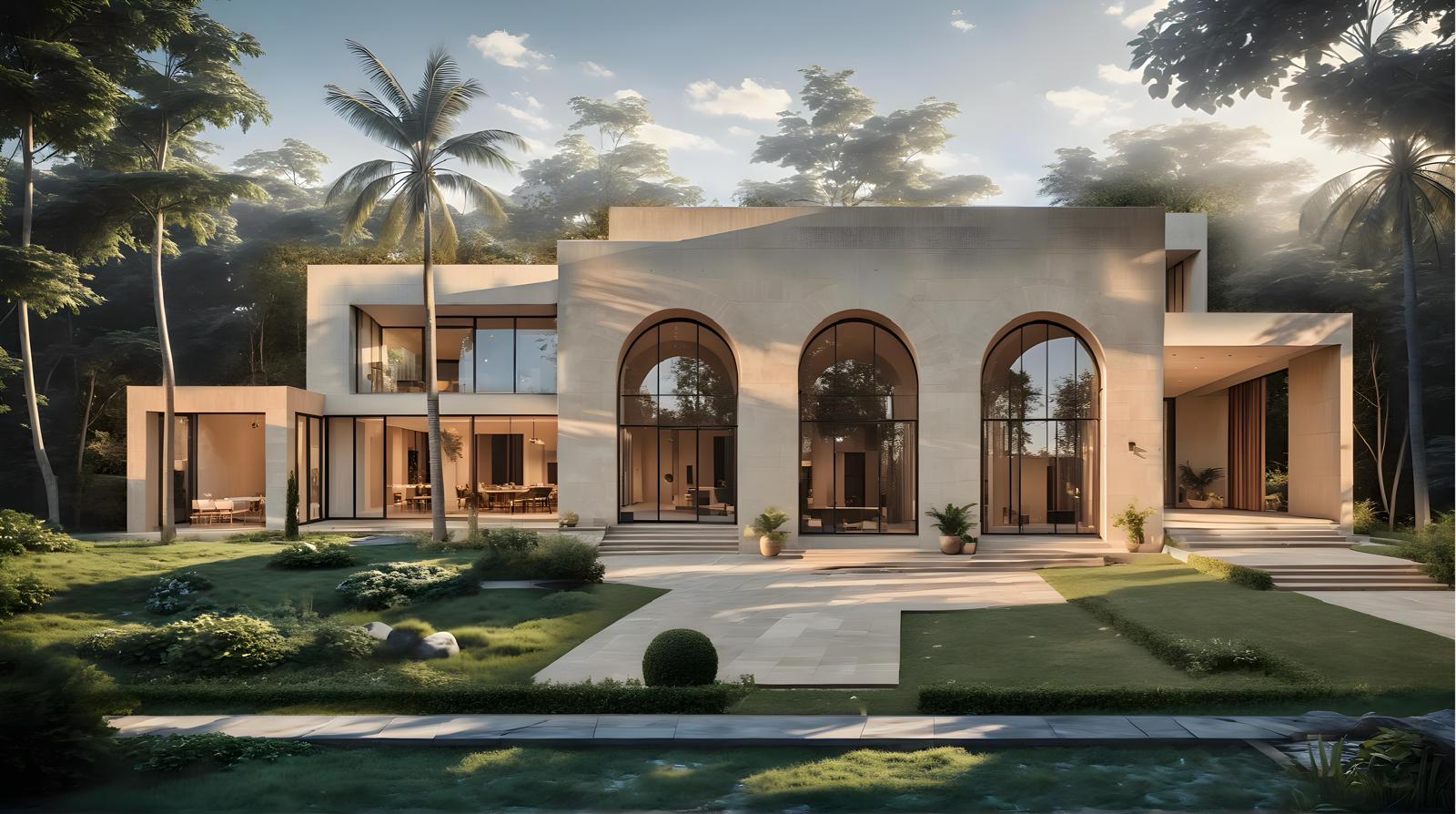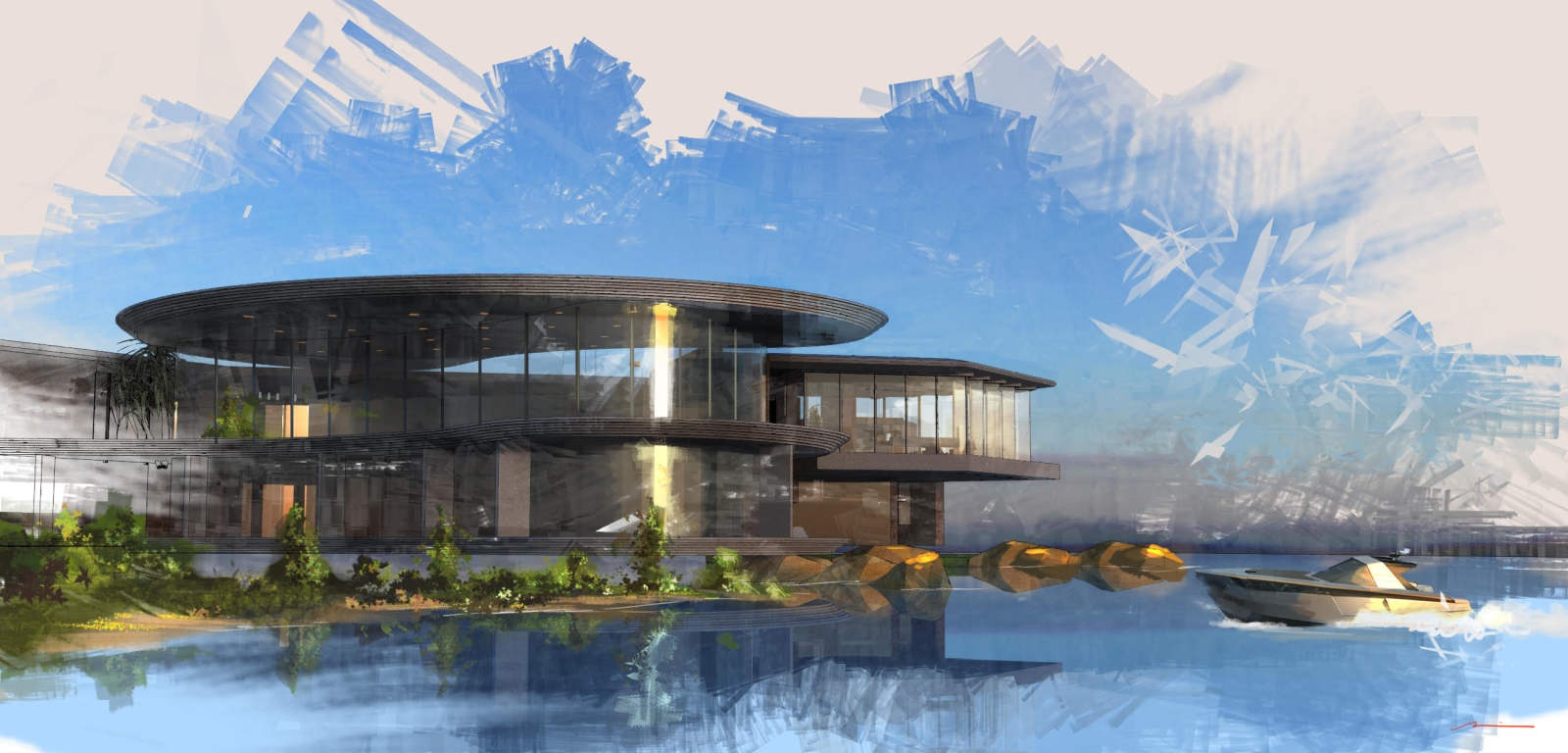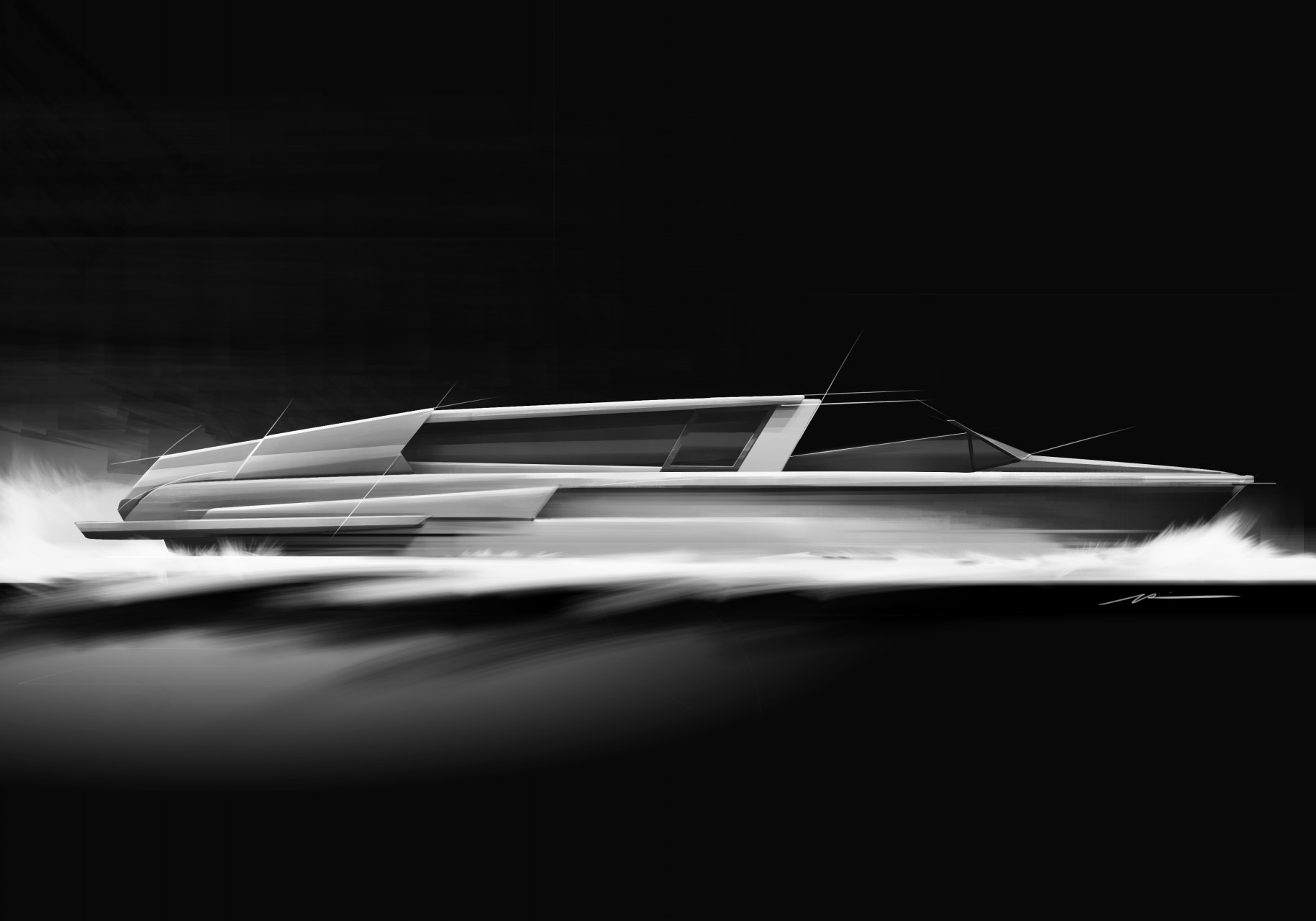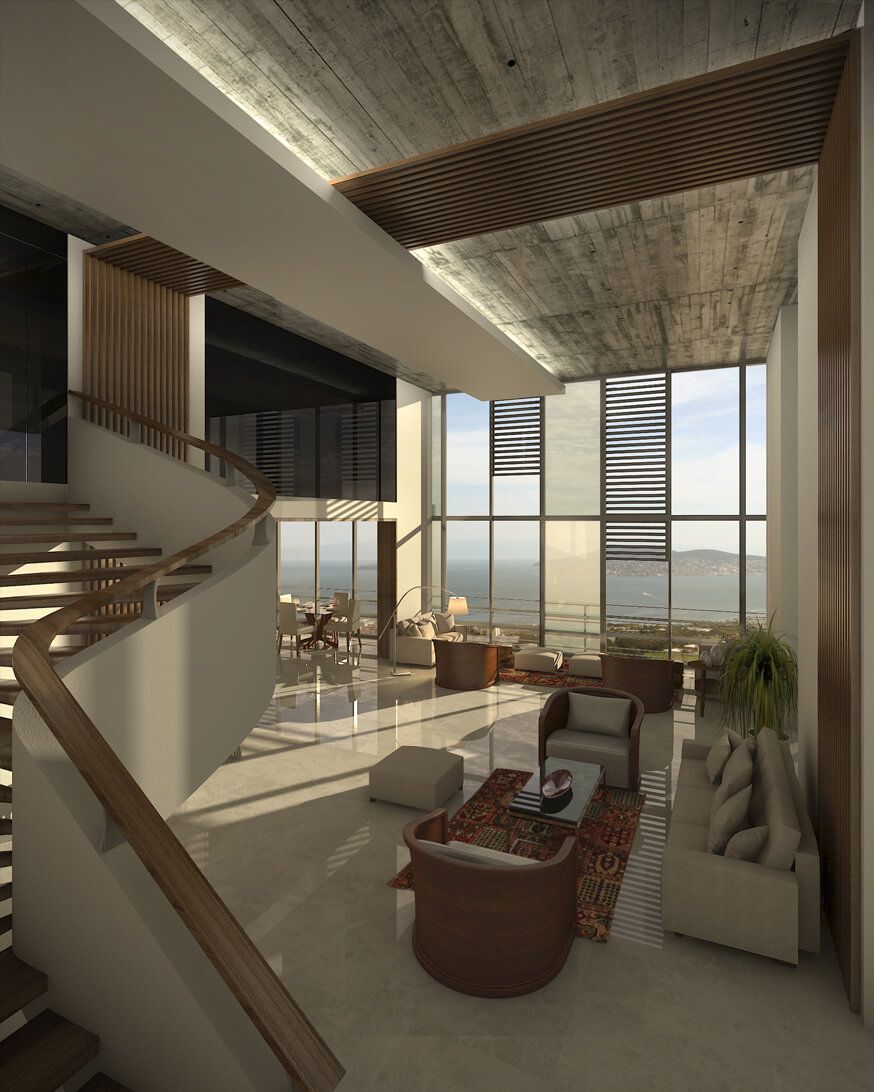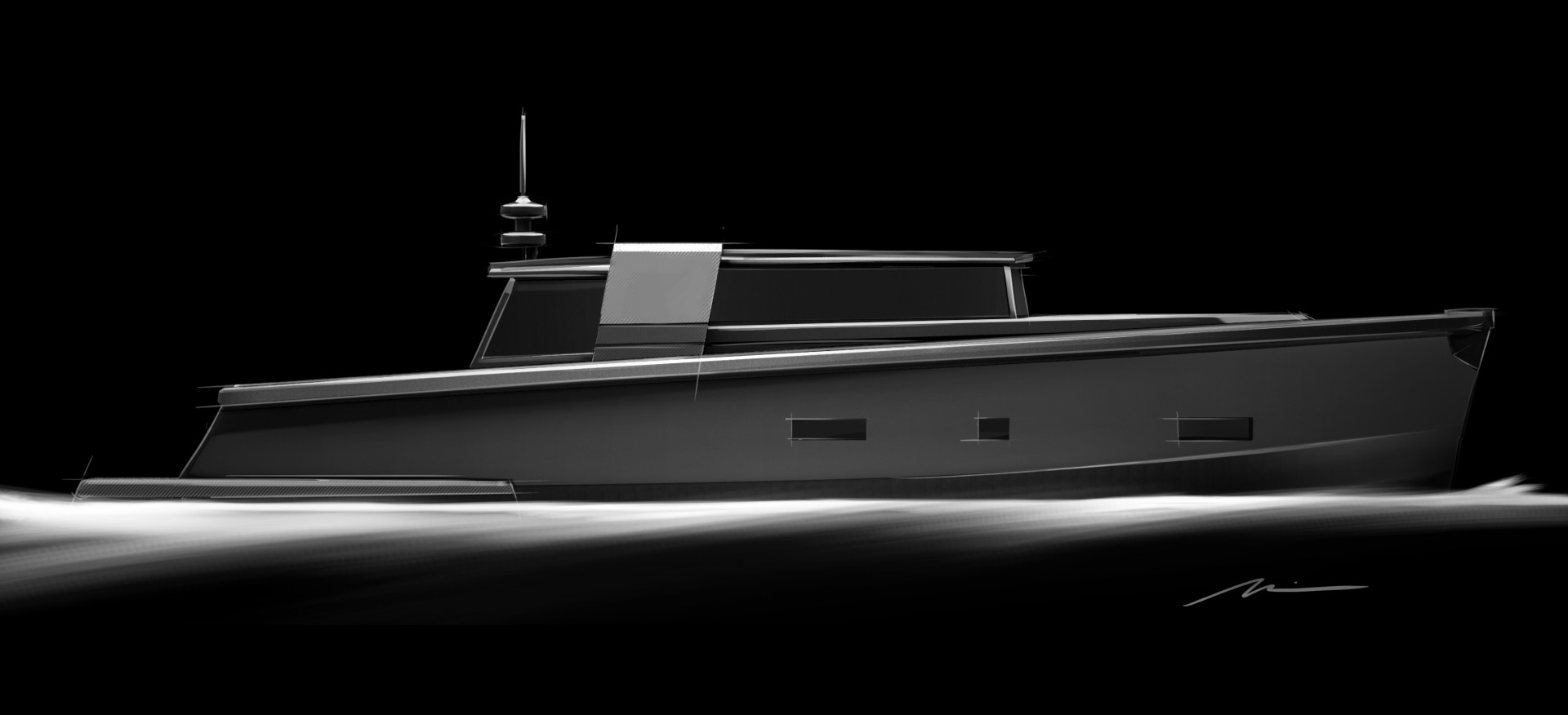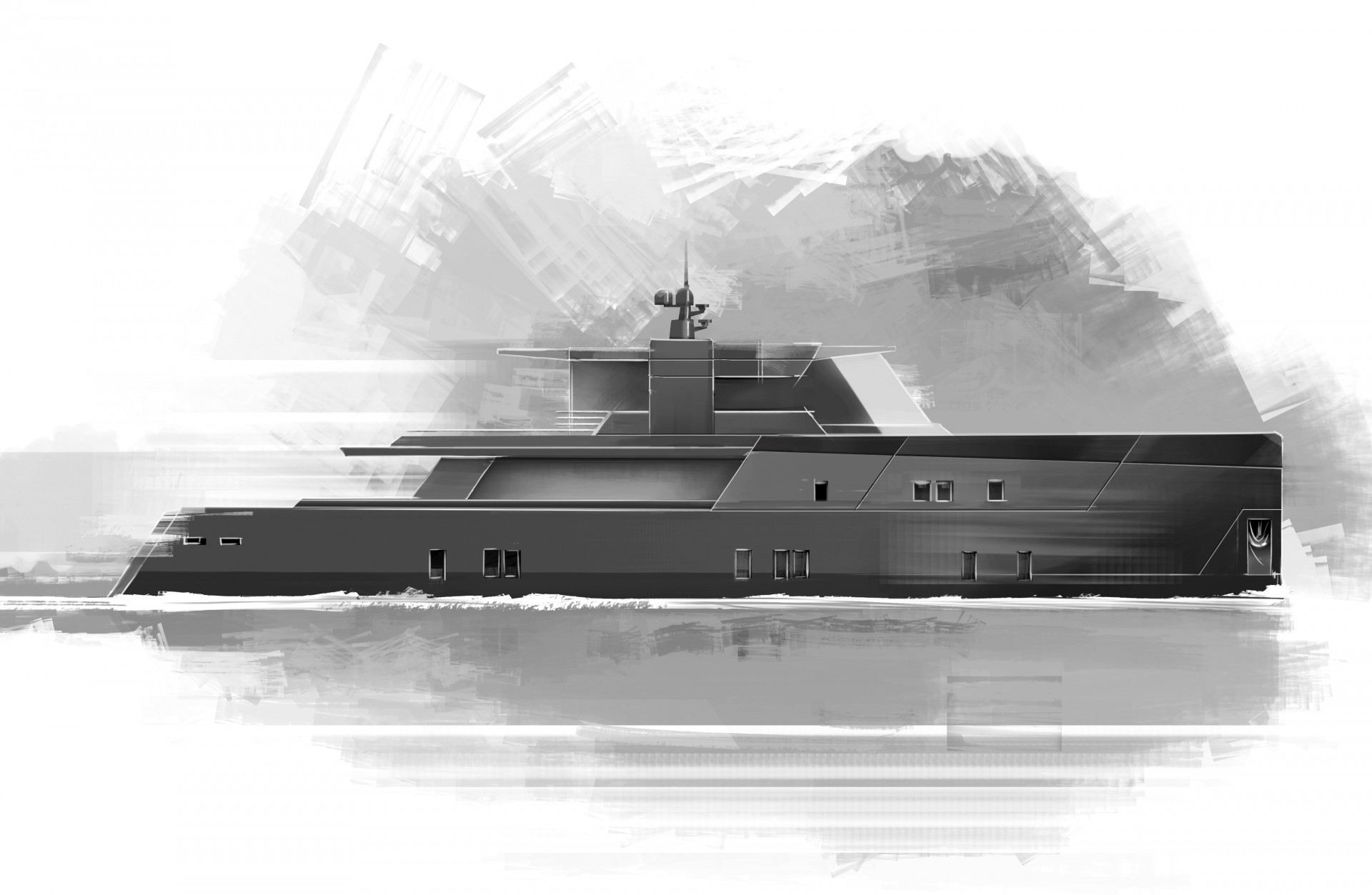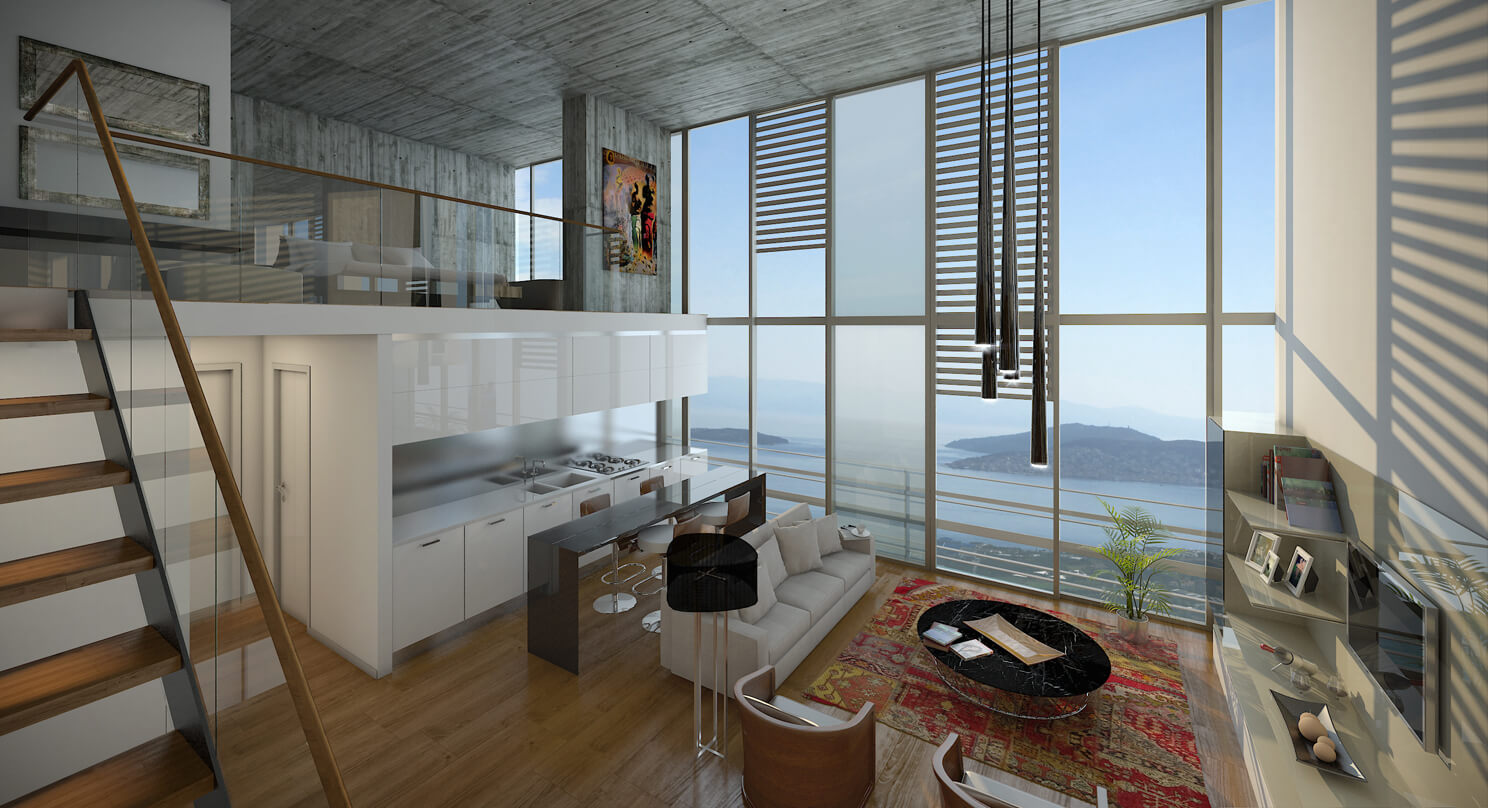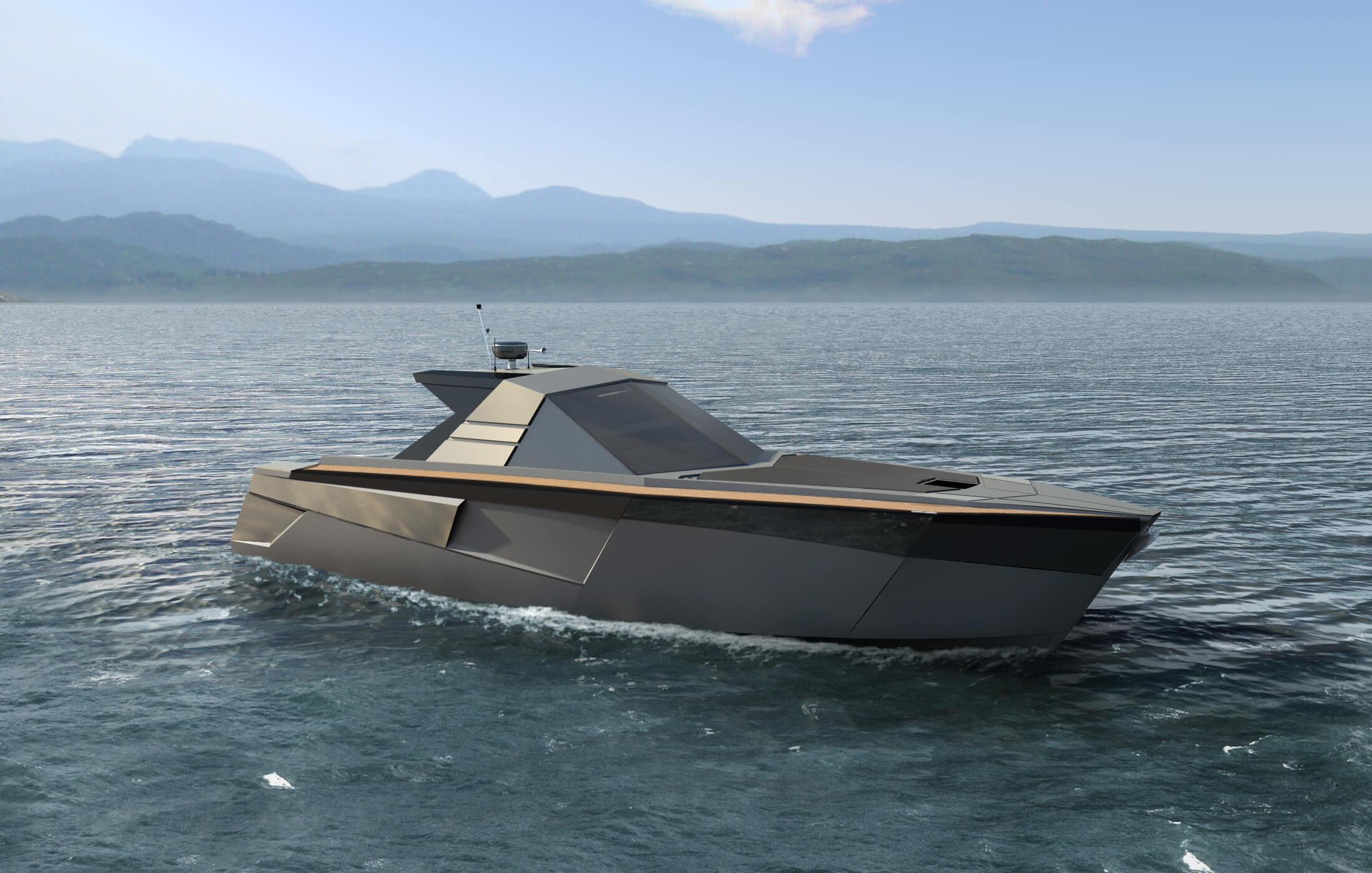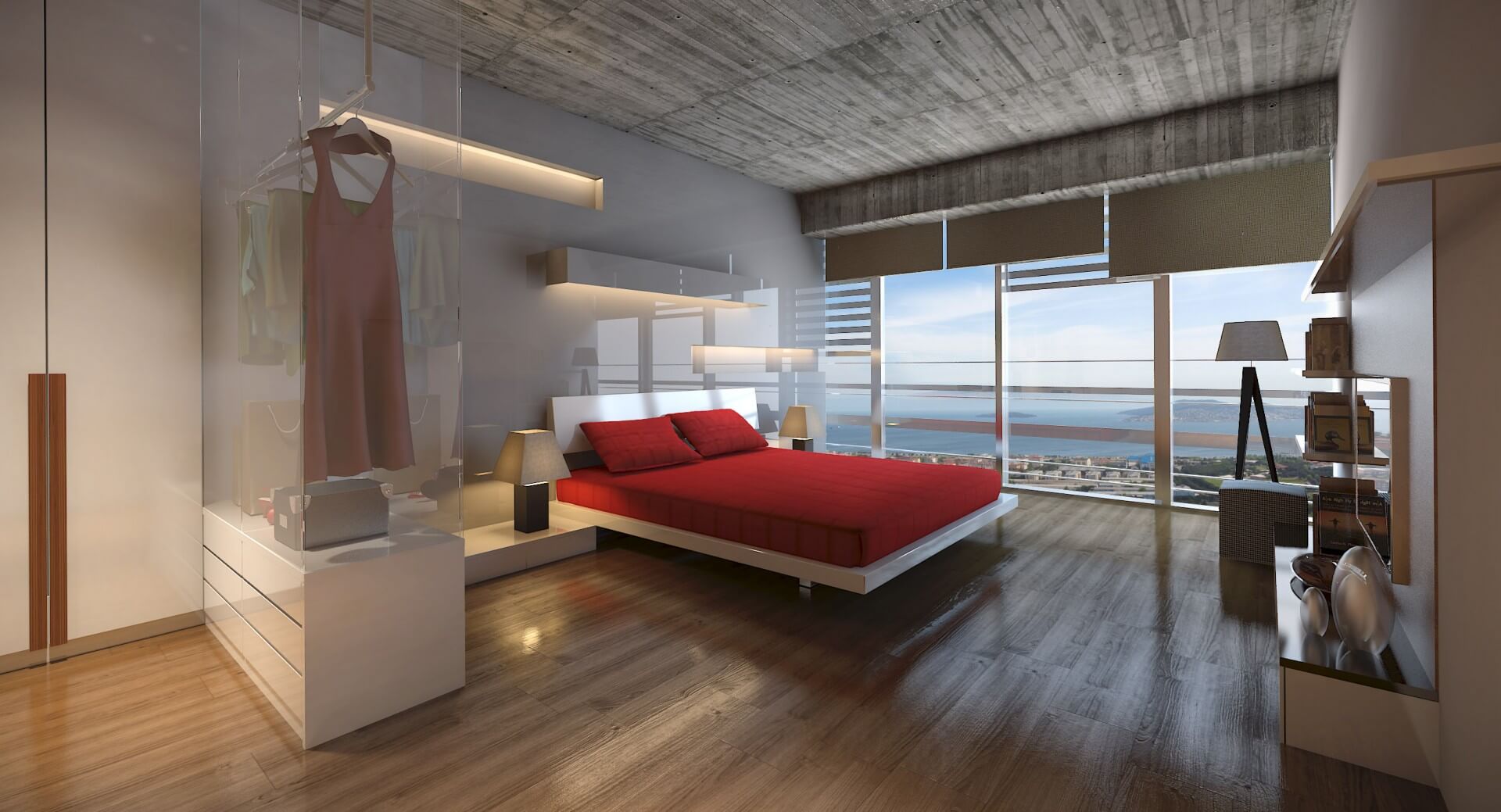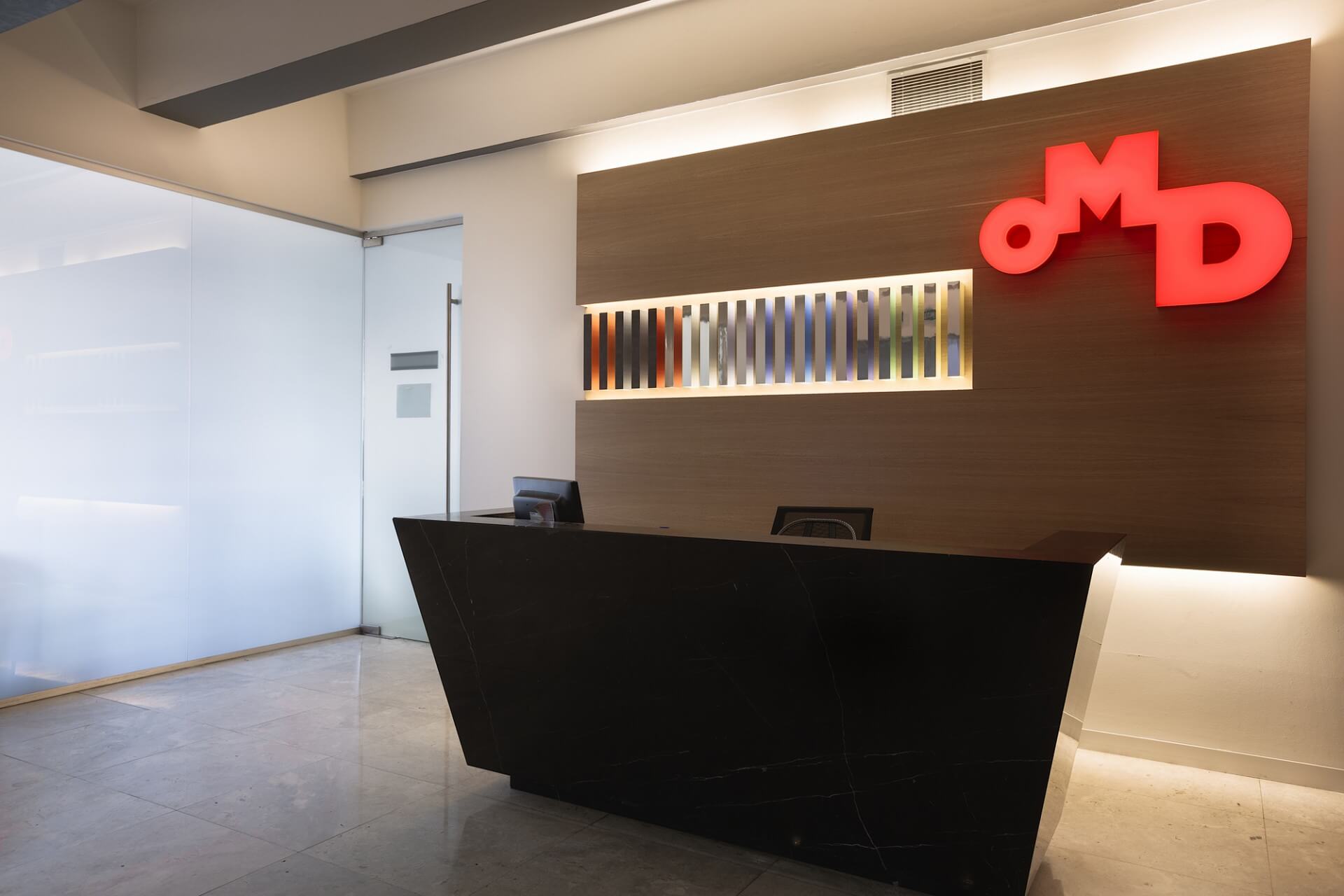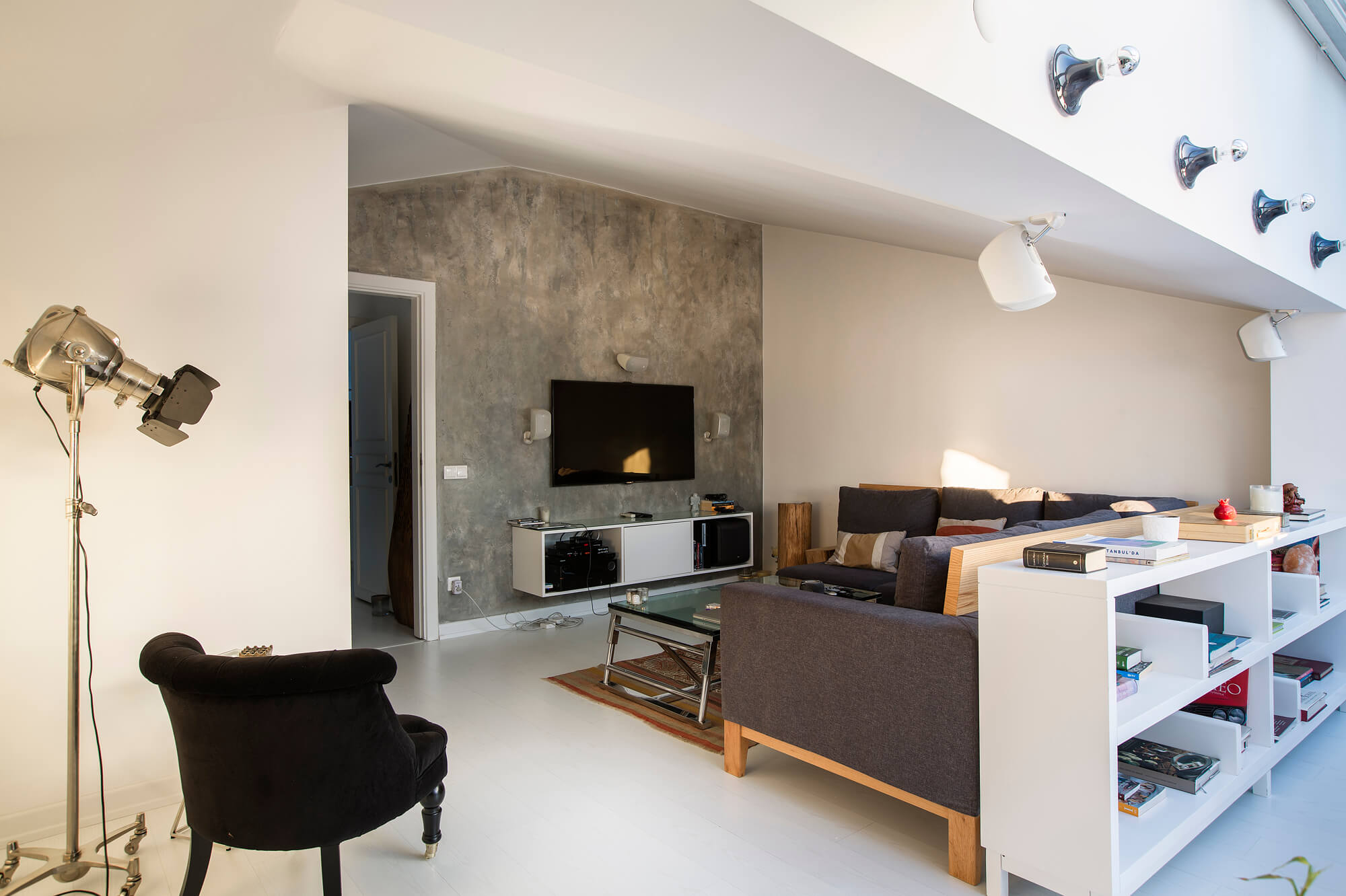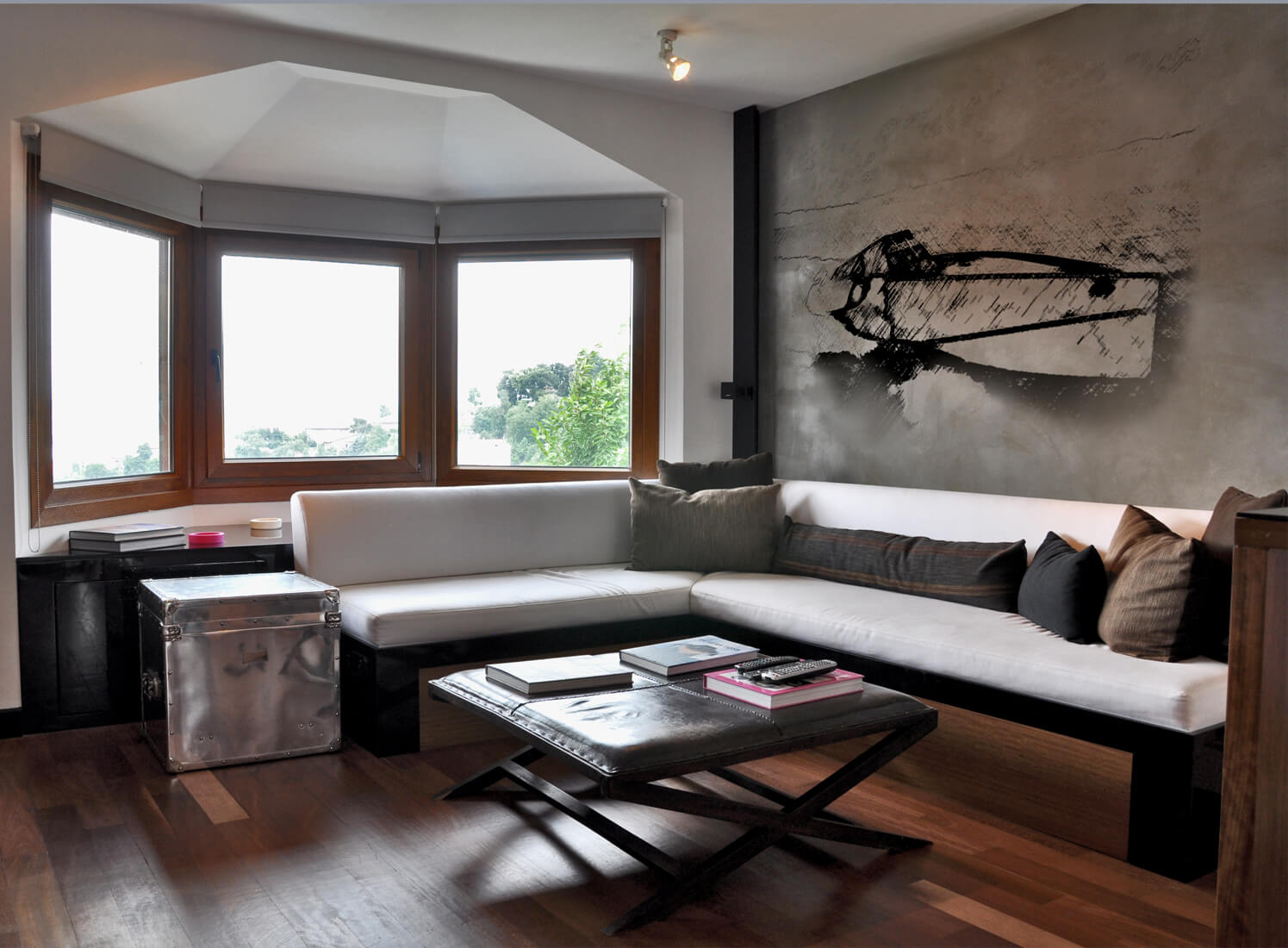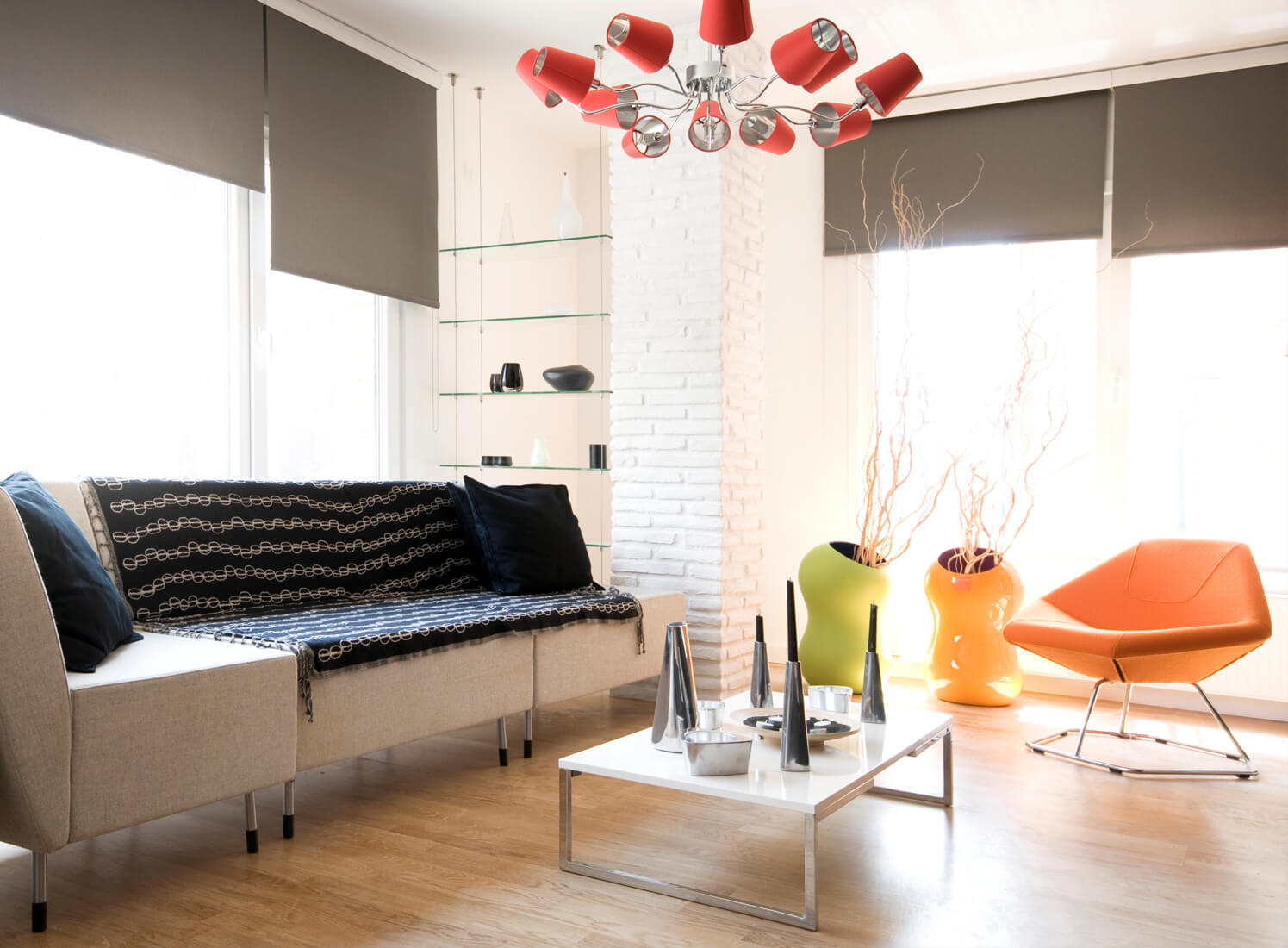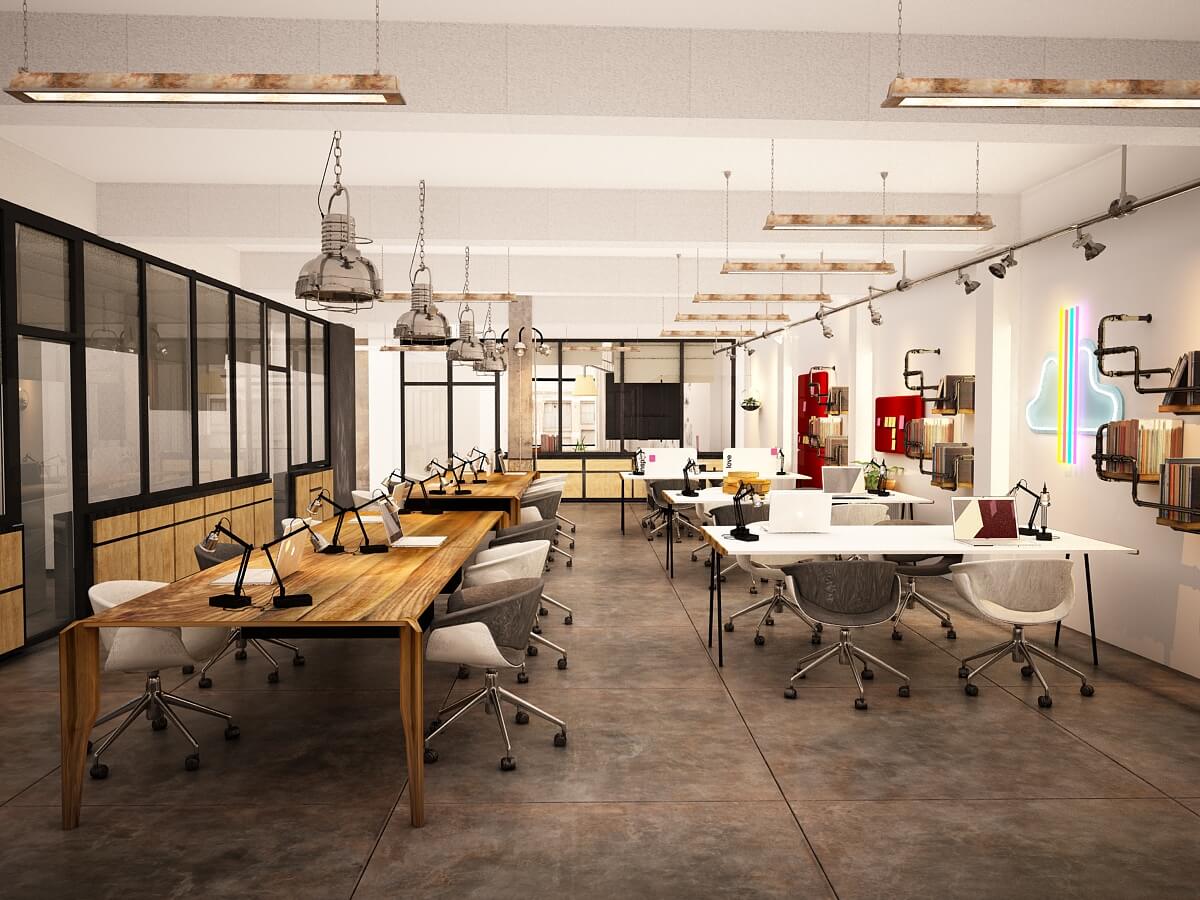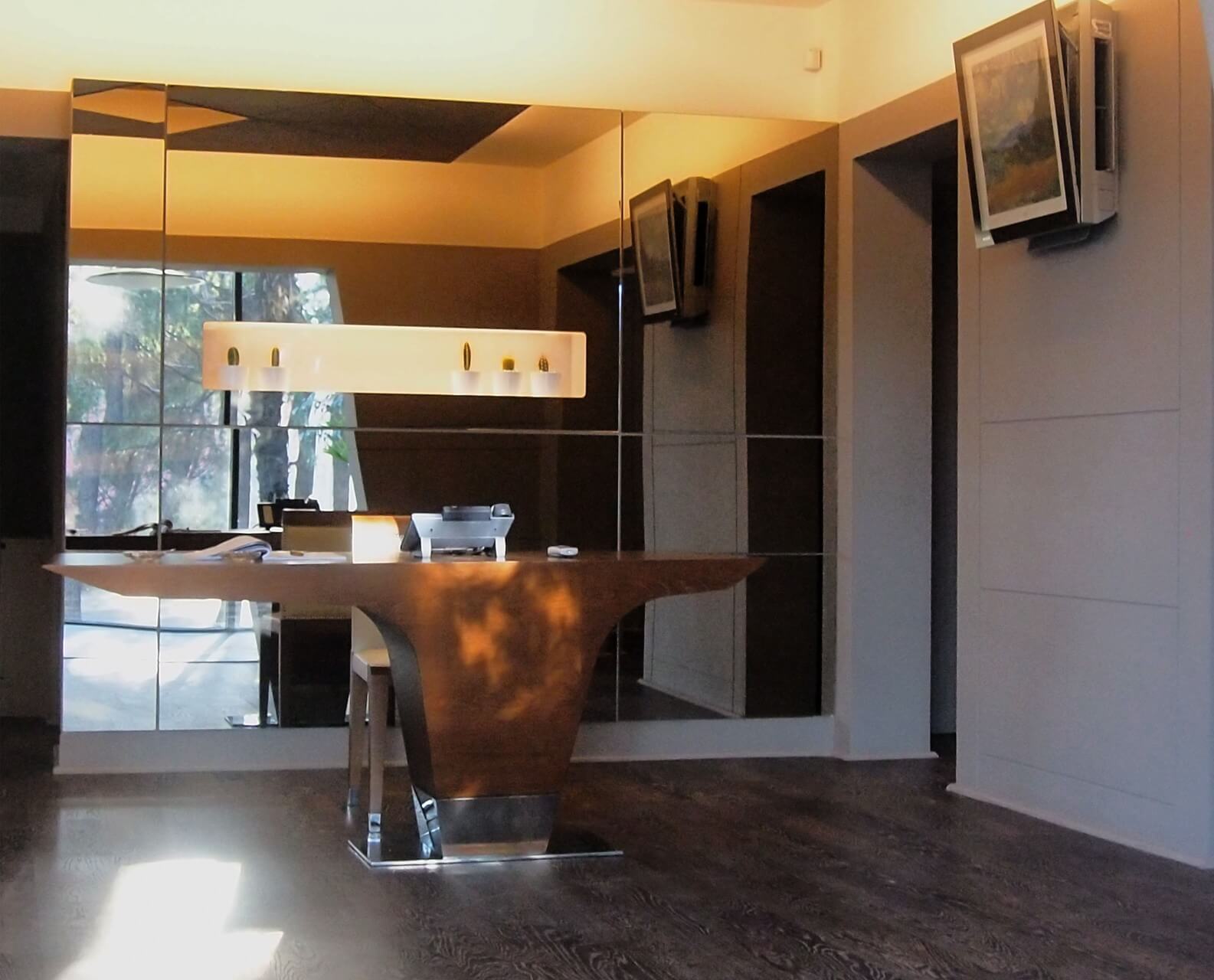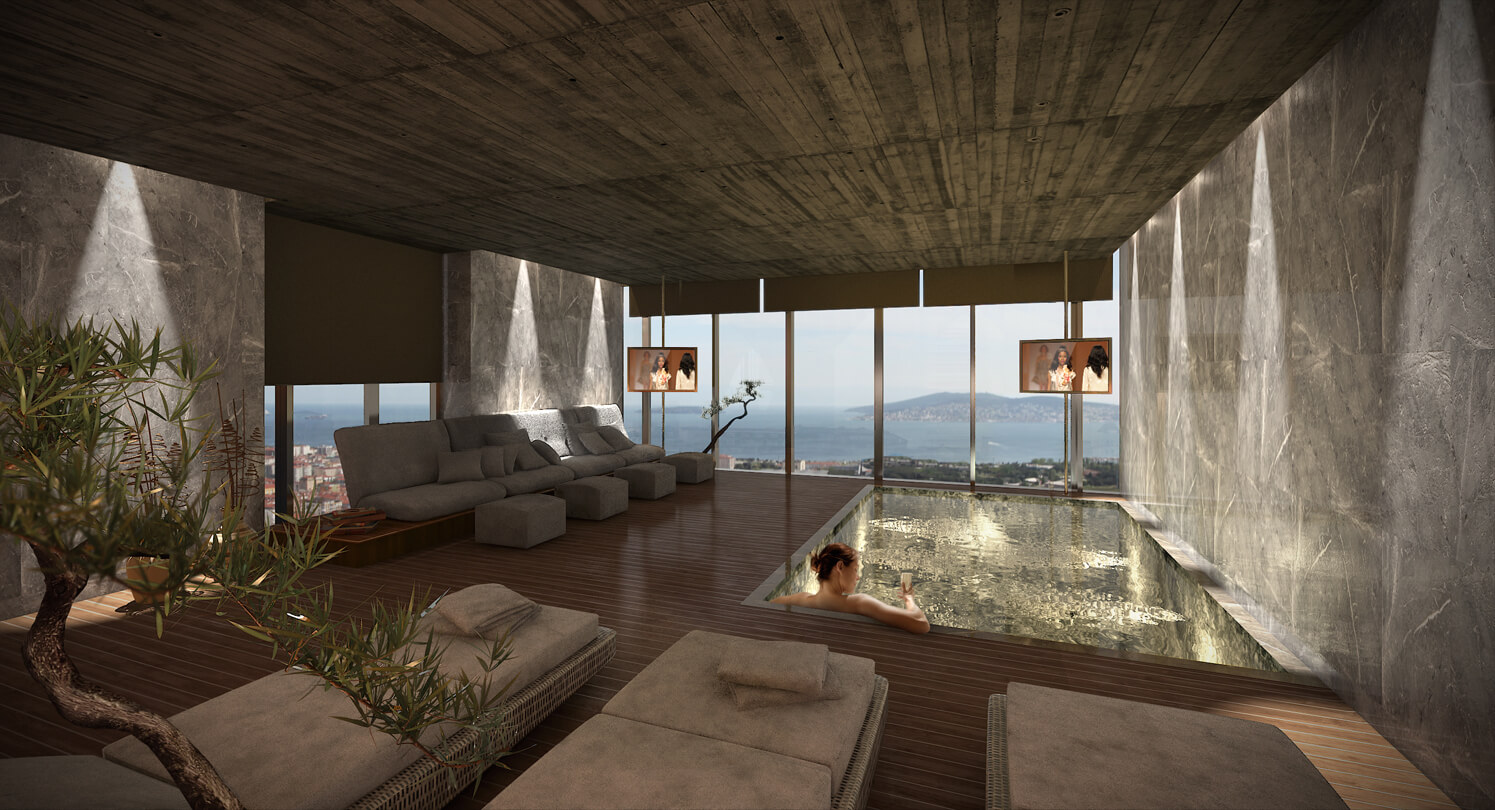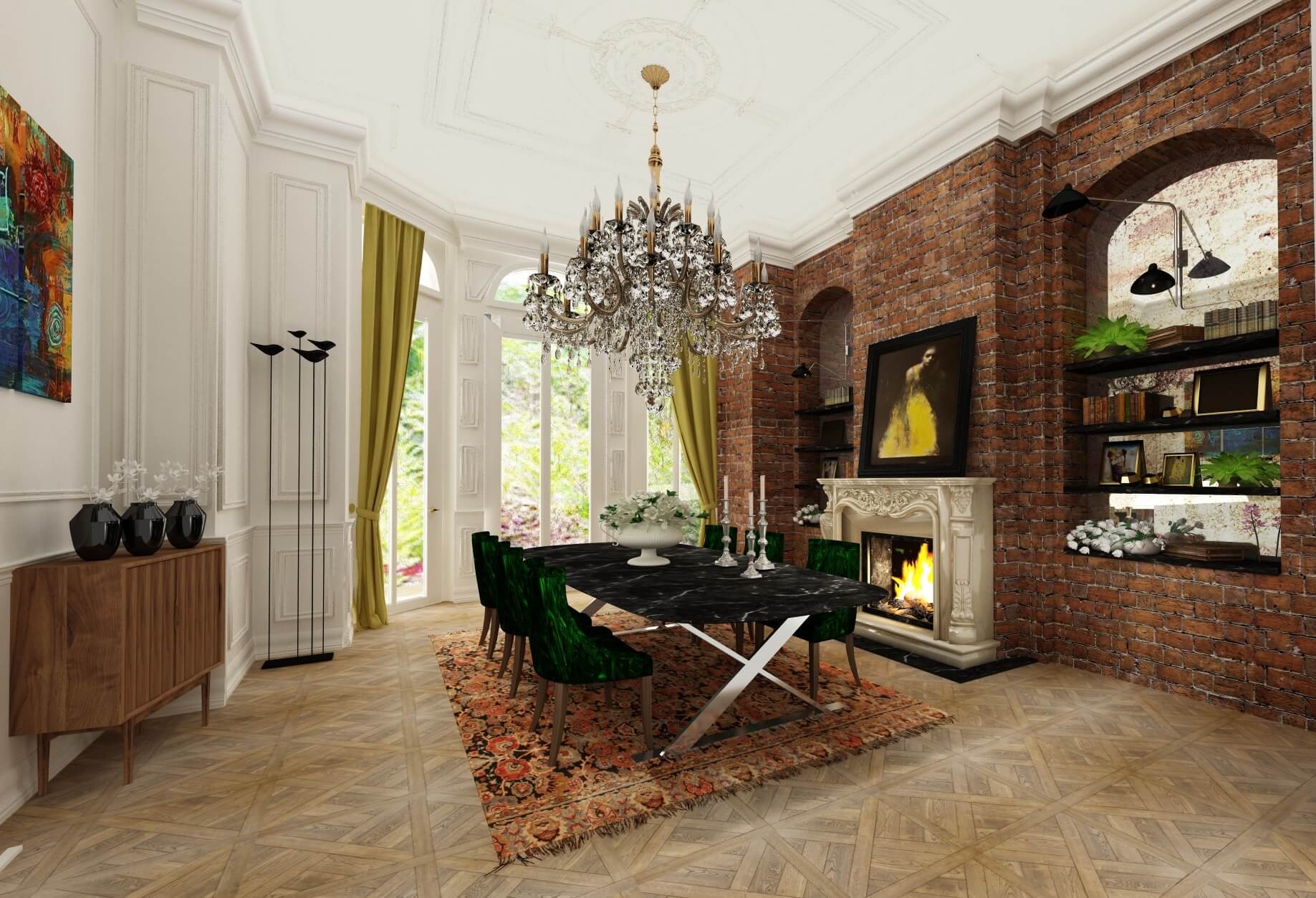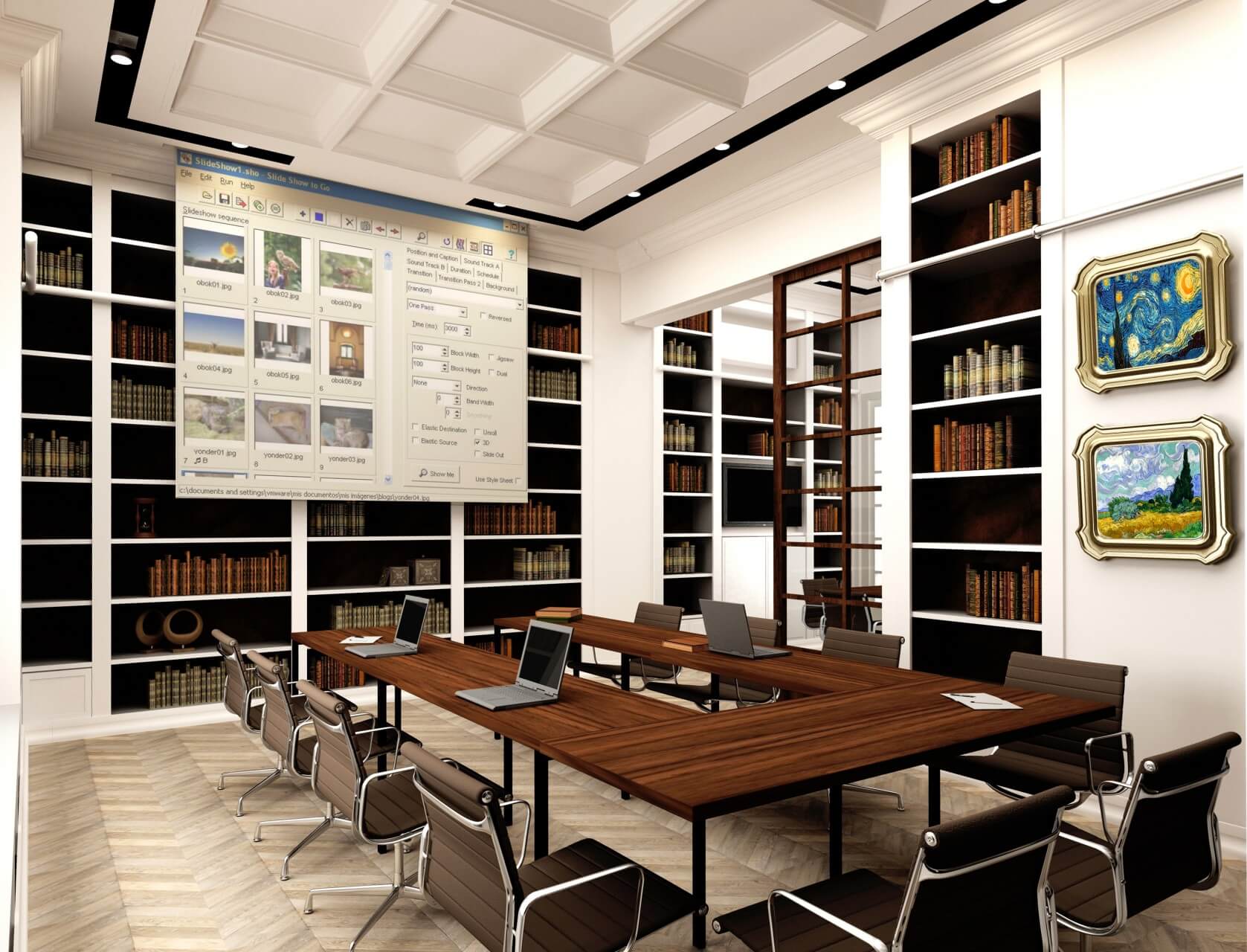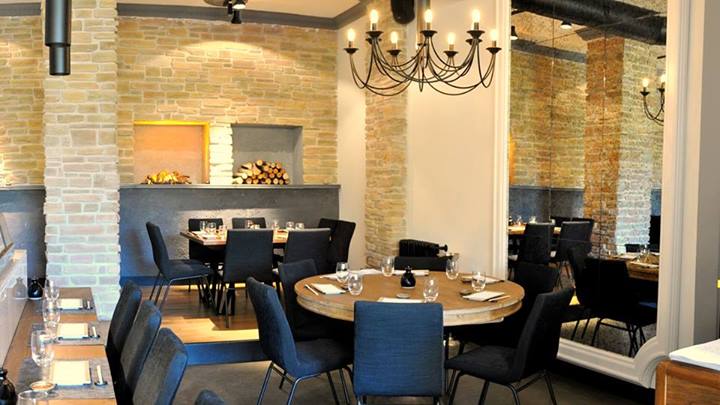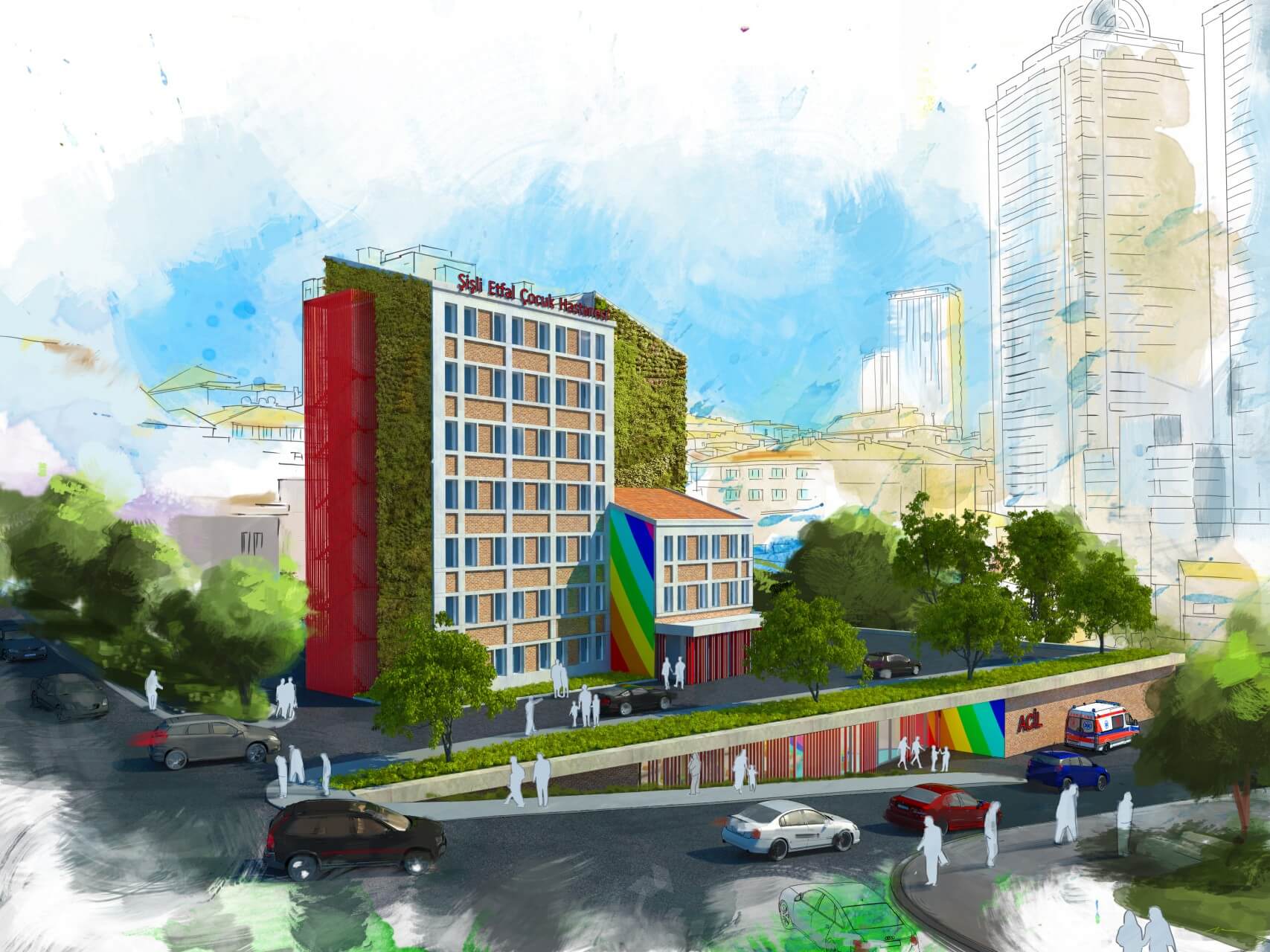Interior design is the art and science of enhancing the interior of a building to achieve a healthier and more aesthetically pleasing environment for those using the space. It involves arranging furniture, lighting, color schemes, textures, and other decorative elements.
BRUNO MEDINA
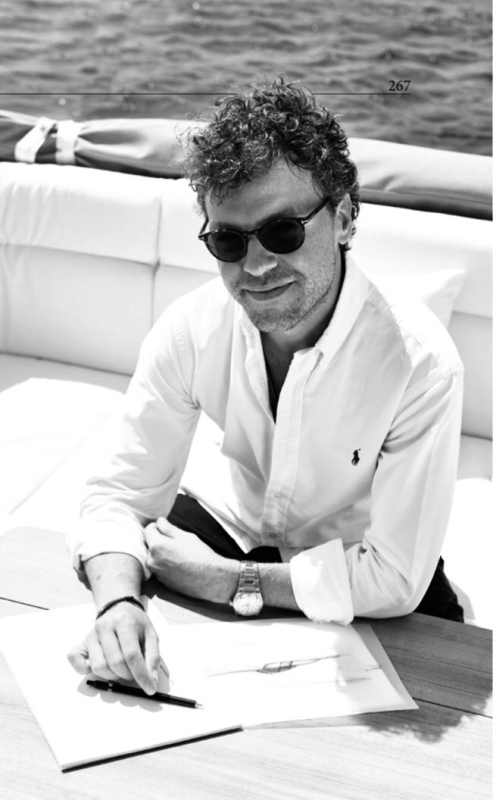
Award Winning Designer
I have been in business since 2002, collaborating with many notable architects throughout my career.
As a designer my motto is to create a space where art is a livable experience, ultimately satisfying my clientele.
My vision coincides with the workings of nature and its order. To balance this with my futuristic style, I consult natural elements – having a realistic view on the function of my designs.
My primary interests revolve around interior design, architecture, and boat design. Additionally, I have a passion for futuristic design and frequently spend time drawing traditionally as a hobby.
*A’Design & Award Competition Award Winner
BRUNO MEDINA DESIGNS
What we do
INTERIOR DESIGN

YACHT DESIGN
Yacht design is the process of creating the aesthetic and functional design of a yacht, which is a recreational watercraft used for leisure and luxury cruising. The design of a yacht includes various aspects, such as its exterior and interior styling, deck and layout arrangements, and engineering systems, among others.

ARCHITECTURAL DESIGN
Architectural design is the process of creating and shaping the built environment. It involves the design and planning of buildings, structures, and urban spaces to create functional, safe, and aesthetically pleasing environments for people to live, work, and play.

OUR PROCESS
-
Meet & Agree
-
Idea & Concept
-
Design & Create
-
Build & Install
The first step in the design process is to understand the problem or design brief, which outlines the goals and requirements of the project. This involves researching the intended users, context, and constraints, as well as conducting a thorough analysis of the problem.
Generating ideas: In this step, designers generate a range of potential solutions or ideas for the project. This can involve brainstorming, sketching, prototyping, or other methods of idea generation. Evaluating and refining ideas: After generating a range of ideas, designers evaluate and refine them, selecting the most promising solutions to develop further.
Designers develop more detailed and finalized designs, incorporating the feedback and refinements from the previous step. Building and testing prototypes: The next step is to build and test prototypes of the design to ensure that it meets the requirements and performs as expected. This may involve several rounds of testing and iteration until the design is finalized.
Implementing and refining the design: The final step is to implement the design and refine it based on any further testing or feedback. This may involve mass-producing the product, constructing a building, or launching a new system or solution.
CUSTOMER SAYS
I recently had the pleasure of working with [BM Designs Studio] on a project for my yacht and I have to say, I couldn’t be happier with the results. The team at [BM Designs Studio] was professional, knowledgeable, and attentive to my needs and desires throughout the entire process. They listened to my ideas and helped me to turn my vision into a reality.
Sevan Bicakci, Customer
The designers were always available to answer our questions and provide guidance on various design elements. They helped us to choose the right materials and finishes, and their attention to detail was impressive.
Jujube, Customer
We highly recommend [BM Designs] to anyone looking for exceptional design services. They truly care about their clients and go above and beyond to ensure their satisfaction. Thank you [BM Designs] for making our office renovation a success!
Motokar, Customer

